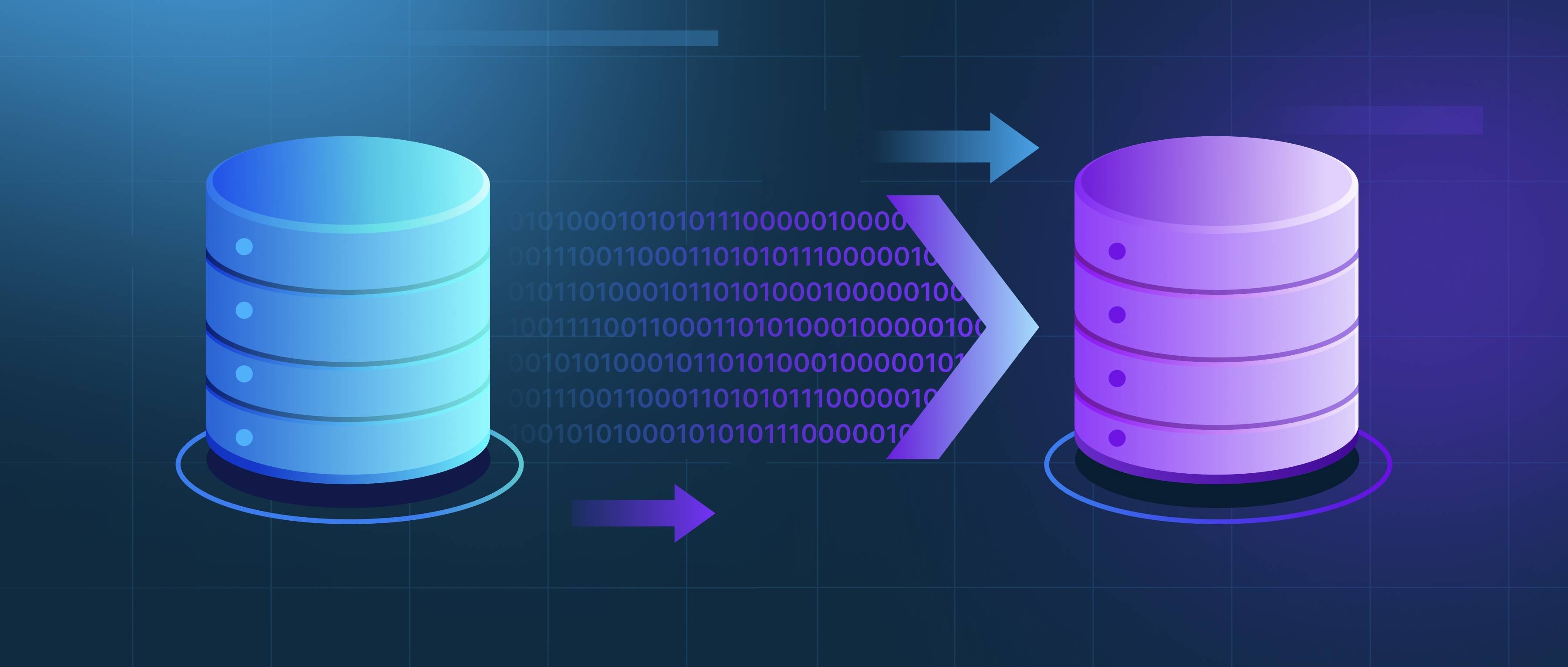AI handles reasoning in real-time environments by employing techniques that allow it to process information quickly and make decisions based on that data. This often involves using algorithms and models that can assess numerous variables and derive conclusions in a limited timeframe. For example, in a self-driving car, the AI must analyze inputs from cameras and sensors to determine the best course of action, such as whether to brake, accelerate, or steer. The AI utilizes machine learning models trained on vast datasets to enable it to recognize patterns and make predictions based on the real-world scenarios it encounters.
In real-time settings, AI systems frequently rely on a combination of approaches, including rule-based systems and probabilistic reasoning. A rule-based system follows predefined instructions to respond to specific scenarios, which helps ensure quick, reliable actions. For instance, in a video game, an AI character may follow a set of rules to navigate through obstacles or respond to player actions. In contrast, probabilistic reasoning allows the system to weigh different outcomes based on the likelihood of certain events. For instance, a chatbot might evaluate the probability of specific user responses to provide the most relevant information or assistance based on past interactions.
Moreover, AI's performance in real-time environments is heavily reliant on efficient data processing. Techniques like data filtering, prioritization, and optimization help manage the influx of information and focus on the most critical aspects. An example of this can be seen in financial trading systems, where AI analyzes market data and trends to make instant buy or sell recommendations. By managing data effectively and reasoning through different scenarios, AI can operate smoothly and efficiently, even in complex and fast-paced environments.
